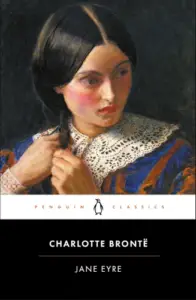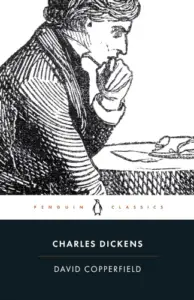To Kill a Mockingbird
Book Author: Harper Lee
Summary reviewed by:
Terrence Timmons
Terrence Timmons
Analyst
Bachelor of Arts (BA), University Of California, Santa Barbara 2019
With over 4 years of experience as an analyst. Terrence Timmons is committed to analyzing summaries without compromising on quality.
To Kill a Mockingbird: Summary
To Kill a Mockingbird - Unearth the Unseen Battles of Innocence and Injustice in Maycomb County!
In Harper Lee's landmark novel, "To Kill a Mockingbird," the reader is transported to the sleepy Southern town of Maycomb, Alabama during the 1930s, a time when prejudices were as deep as roots of the old oak trees. Here, we follow the spirited young Scout Finch, her older brother Jem, and their friend Dill as they navigate the world around them through games, school, and whispers about the reclusive neighbor, Boo Radley.
Yet, amidst the seemingly innocent explorations, a darker narrative unfolds as Scout's father, the principled lawyer Atticus Finch, defends Tom Robinson, a black man falsely accused of assaulting a white woman. Through Scout's eyes, we witness the stark reality of racial injustice and the true meaning of moral courage.
Harper Lee presents an evocative story of a town caught in the grip of prejudice, as seen through the eyes of a child growing up too quickly. It's a tale that explores the conflict between good and evil, the depths of human complexity, and the danger of ignorance and stereotype.
Spoilers (watch a short ad to reveal spoilers)
To Kill a Mockingbird: Genres
Southern Gothic
Bildungsroman
Social Commentary
To Kill a Mockingbird: Main Characters
Scout Finch: The young, curious, and fiery narrator whose innocence and maturing perspective guide us through the narrative.
Atticus Finch: Scout’s father, an esteemed lawyer, whose unwavering morality and courage shine through his defense of Tom Robinson.
Jem Finch: Scout’s older brother, who, like Scout, gradually transitions from innocence to a more profound understanding of their town’s reality.
Tom Robinson: A black man wrongfully accused, symbolizing the victims of racial prejudice and injustice.
Boo Radley: A reclusive neighbor surrounded by town myths, his character underlines the danger of fear and prejudice.
To Kill a Mockingbird: Themes
Innocence and Morality: Embodied in Scout and Jem’s evolving understanding of the world, and Atticus’ unwavering principles.
Social Inequality and Racial Prejudice: Central to the plot, highlighted in Tom Robinson’s trial.
Courage and Compassion: Shown by Atticus’ defense of Tom and Boo Radley’s protection of the children.
Loss of Innocence: Illustrated through the children’s growing awareness of Maycomb’s racial and social injustices.


To Kill a Mockingbird
Date Published: July 11, 1960
Disclaimer: As an Amazon Associate I earn from qualifying purchases.




